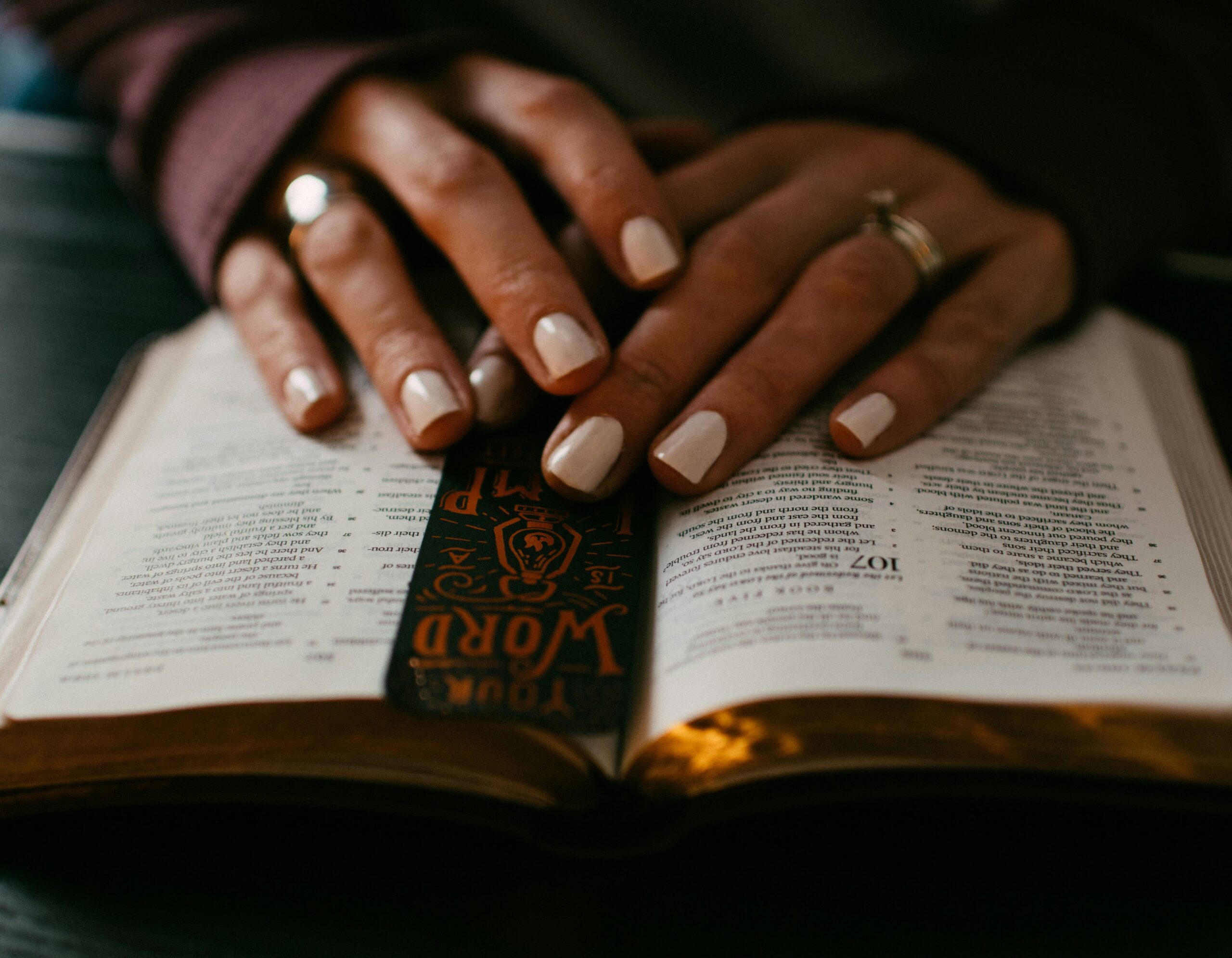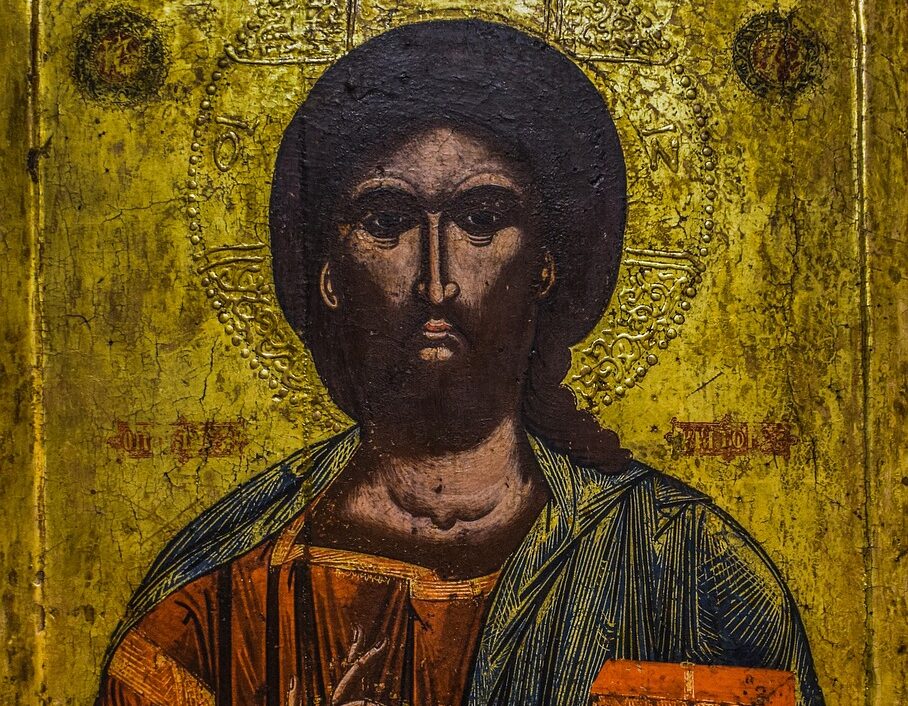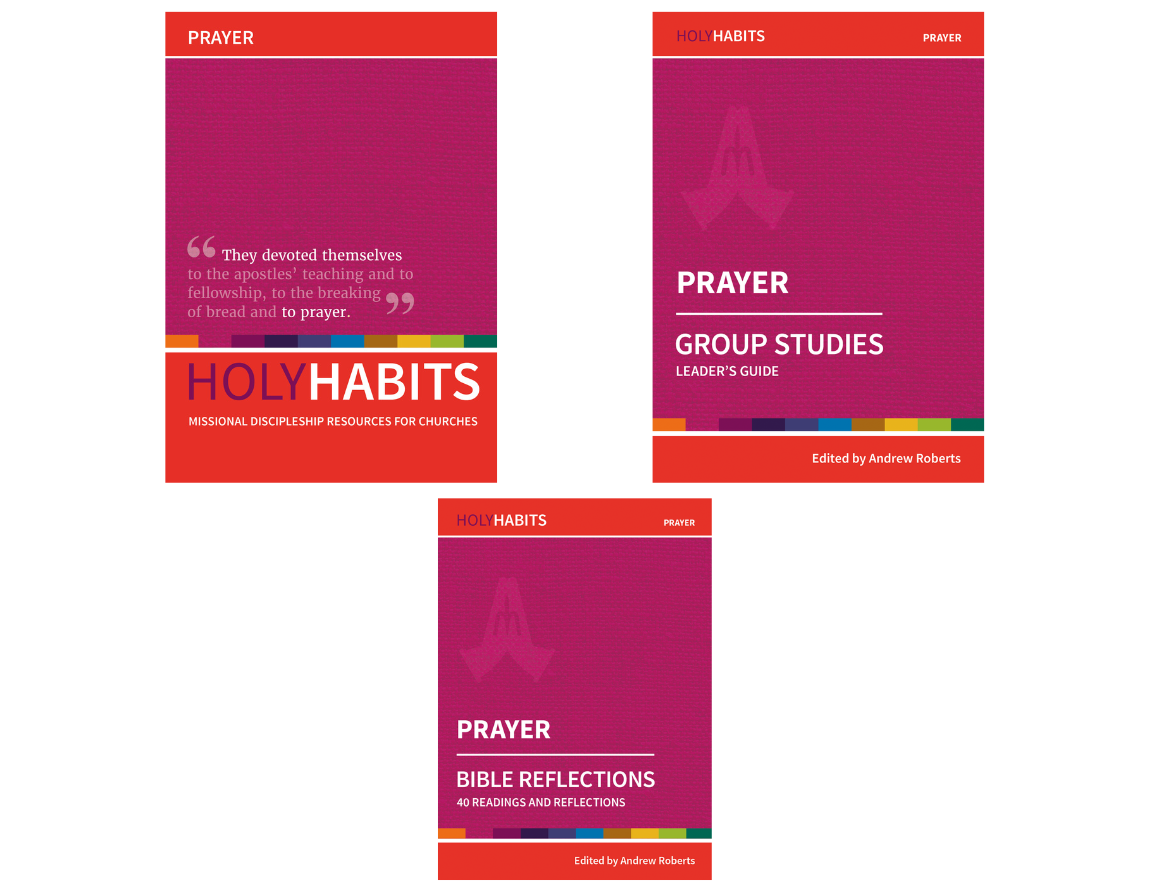Following Andrew Roberts’ article last week, we draw on the Holy Habits materials that he has created for BRF Ministries. This is an edited extract from the mission resource for churches on the holy habit of prayer.
12 May 2024
Even those who are most committed to the habit of prayer sometimes need fresh inspiration and encouragement. They may find that practices which have sustained them in the past become stale and dry. Then it may be time to try another approach or borrow from an unfamiliar tradition. And even if your prayer life is thriving, it might still be illuminating to try something different. There’s a wealth of ideas in the Holy Habits handbook. Here are just a few…
Continual prayer
The Jesus Prayer has a track record of centuries of use in Eastern Orthodox Christianity, but in recent decades it has become popular across different denominations in the west also.
Its full form is:
‘Lord Jesus Christ, Son of God, have mercy on me, a sinner.’
But it is also used in shorter forms.
It can be used to keep ourselves oriented to God while walking, driving, travelling on public transport or doing physical work. The normal way to use the Jesus Prayer is to repeat it constantly, not like a mantra, but intentionally, as a prayer. It is called ‘the prayer of stability’ because it aims to keep us on track with God through the day. Those who practise it regularly can achieve a silence of the heart even in the midst of activity.

Those who practise the Jesus Prayer regularly can achieve a silence of the heart even in the midst of activity.
Praying with and from scripture
It is possible to use words of scripture in the same way as the Jesus Prayer; for example, the words of Peter in response to Jesus in John 6:68, ‘Lord, to whom can we go? You have the words of eternal life.’ In Centering Prayer, a single word like ‘Abba’ or ‘Maranatha’ is also a prayer taken from scripture.
When you are praying, do not heap up empty phrases as the Gentiles do; for they think that they will be heard because of their many words.
Matthew 6:7
Ready-made prayers
Jesus isn’t saying that we shouldn’t use words in prayer at all. In Matthew 6:9, he goes on to say, ‘Pray then in this way: Our Father…’ Praying in whatever words come to us in the moment can be helpful, but words which are provided for us ‘ready-made’, whether in the Bible or composed by others, can also be channels of the Spirit in our praying. And sometimes, as Romans 8:26 reminds us, we do not even know how to pray and yet the Spirit still prays through our ‘wordless groans’.
Whether we use words from scripture or hymns or words written by someone else, these ready-made prayers can speak to our hearts and become a medium for us to express ourselves in prayer. Sometimes that can happen in an instant, but more often the riches of these words need to be accessed by being repeated thoughtfully and prayerfully so that they become our own and truly express our own prayer.

Words provided for in the Bible or composed by others can also be channels of the Spirit in our praying.
Praying with the stations of the cross
This is another ancient Christian practice that many people still find helpful, particularly during Lent, Passiontide and Holy Week. It involves contemplating and praying with 14 or 15 images of Jesus’ journey from being condemned to death to the tomb or his resurrection (the final image can vary).
Praying by using gestures and images
A prayer word like ‘Abba’ can help us to orient ourselves towards God, but equally a physical gesture like cupping our hands can also help direct our intention Godward without any verbal expression. Similarly, a visual image or an object – even a simple wooden cross – can be a way to help us as we pray. It is worth reflecting, though, on the difference between thinking about or meditating on an image or object and an act of prayer which may flow from that. There is a difference between attention, as we think about something, and intention, as we turn our hearts to God. This is true whatever means we use to express our intentional orientation to God, whether by expressing it in words or in some other way.
Praying with an icon
The practice of praying with an icon comes from deep within the Christian tradition. ‘Icon’ is the Greek word from which we get our word ‘image’. Christian icons are often known as ‘windows into heaven’. The idea that a piece of artwork can give us a glimpse of the eternal comes from the study of the person of Christ – which focuses on the incarnation, on God being known in human form.
Start by simply gazing at the image, allowing what you see as the longings of your heart to interact with what you encounter, as you look at what the icon presents to you in a particular moment. Icons have a way of teaching the heart spiritual truths in a different way from the mind.

Icons have a way of teaching the heart spiritual truths in a different way from the mind.
The Examen
Examine yourselves to see whether you are in the faith; test yourselves. Do you not realise that Christ Jesus is in you?
2 Corinthians 13:5
In line with 2 Corinthians 13:5, many Christians find it helpful to take time each evening to review their day. God is never absent but, by the way we conduct our daily ‘walk’, we can bring ourselves more fully into an appreciation of God’s presence or remove ourselves further from it. An evening review provides a way of learning from our day in order that we may walk more closely with God in future. Ignatian spirituality makes this a central element in the form of what is called the Examen.
The Ignatian Spirituality website has a page with information on the Examen and how to use it in one’s devotions.
Body prayers/physical prayers
As you seek to deepen the holy habit of prayer, why not reflect upon the part your body, as well as your soul, has to play in praying? Be biblical, be imaginative, be creative!
We believe in the God who created the physical world and looked on it and saw that ‘it was very good’ (Genesis 1:31). So, what does that mean for us as Christians to understand the relationship of our bodies to our spiritual lives, and particularly to our praying?
Archbishop Anthony Bloom writes, on pp. 78–79 of Living Prayer:
There is nothing that befalls the soul in which the body does not take part. We receive impressions of this world, but also of the divine world partly through the body, and that body is therefore linked with the soul in the life of prayer.
There are different traditions in the worship of different denominations; for some, sitting is the normal posture for prayer, for others it is standing, and for others again it is kneeling. But whatever positions we adopt for prayer at different times and in different places, it is important to remember what Bloom says about the connection between body and soul.
Scripture quotations are taken from The Holy Bible, New International Version® Anglicized, NIV® Copyright © 1979, 1984, 2011 by Biblica, Inc.® Used by permission. All rights reserved worldwide.

